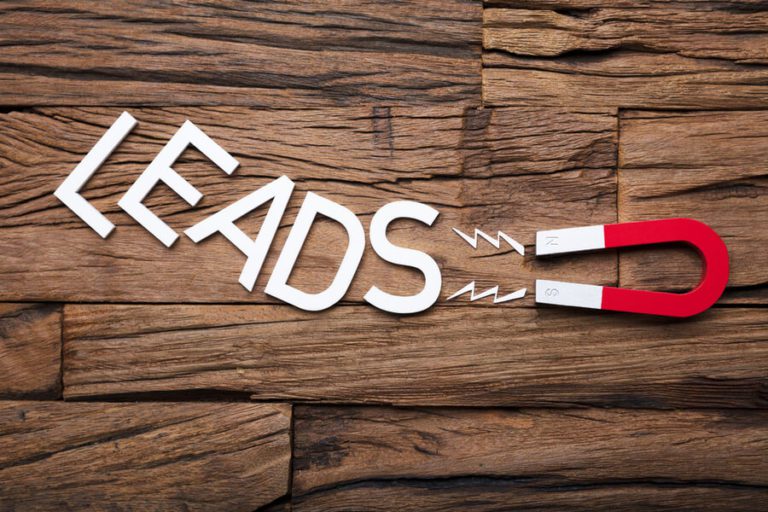When it comes to improving your website conversions, there are key aspects you need to focus on. As a consequence of improving your website conversions, you’ll also improve lead generation.
The first thing to concentrate on is making your website more efficient and increasing conversions from the traffic that is already visiting your website. Once you’ve optimised your website to ensure it is as efficient as possible, this is where scaling tactics come into play, such as increasing your budget and widening your target audience.
Calculate your benchmark website figures
Before you start planning how to increase your website conversion rate, you’ll need to get a clear indication of your current numbers. You should be able to confidently say:
- How many leads you generate on average every week/month
- How many website visitors you get on an average weekly/monthly/quarterly /yearly basis
- Your average cost per lead – marketing spend divided by number of leads
- The rate at which you convert these visitors (number of leads divided by number of website visitors x 100 = conversion rate %)
For example, you have 25 leads and 2,500 website visitors over a certain time period. To calculate the conversion rate, divide 25 by 2500 and multiply that by 100. This means that the conversion rate would be 1%.
You’ll also need to calculate your average cost per lead, which is the total marketing spend divided by the total number of leads. Make these calculations separately for each of the marketing channels you use, particularly for online advertising. If you use Google Analytics or other insight tools (and you should be!) then this will provide you with these figures.
Once you have worked out these essential figures, you can measure the effectiveness of the following tactics in order to increase your existing benchmarks.
Implement efficiency tactics
When it comes to improving your digital marketing efficiency, it’s best to start with any paid online advertising channels you’re using. These take priority as you’re actively spending money on driving visitors to your website.
First off, focus on reducing wasted ad spend by getting your targeting as tight as possible. Increase the amount of clicks you’re getting for your spend by improving the click through rate and the quality score of your ads – this will result in cheaper clicks. You should also adjust your bids/cost per click to a level that they are competitive, but not more expensive than they need to be.
Once you have adjusted your ad campaigns, it’s time to start focusing on the website itself. The key is to have a distinct focus for each of your pages, each with a clear action or outcome that you are trying to drive the user towards. Make sure the messaging and context of these pages align with the ad copy and creatives used to promote it. Use a variety of different hooks or offers based on the content of the page, but ensure that each hook is designed to capture some form of customer details so that you can market to them in the future.
Have a clear call-to-action strategically placed throughout each page, ensuring that there is at least one large one above the fold (the section of the page visible before you start to scroll down).
Social proof is really important. Make sure you include reviews or testimonials on all pages where possible. Add in case study summaries, client logos and user comments/images if possible. People want to see proof from other consumers that this is a product they can trust, rather than just taking your (biased!) word for it.
Test out different landing page styles with different content, imagery and calls to action in order to find out what works best. This is particularly important when you are using paid advertising to ensure that you are getting your best possible return on investment.
Where possible, try to cross-sell relevant/complimentary products and always direct the consumer to a relevant offer at the end of the enquiry process if applicable. Use scarcity to encourage website visitors to make a purchase e.g. low stock or a limited time offer, but don’t overdo it.
Scaling up
Now that your website and ad campaigns are optimised for a high conversion rate, it’s time to scale your online marketing in order to drive more traffic to the site and deliver more leads.
In order to do this, start by increasing your budgets on the ad platforms you use, until you hit the point of diminishing returns in terms of cost per lead, or until you are monopolising all the relevant traffic available. You should also widen out your targeting on those platforms where it makes sense, e.g. by increasing the geographic reach of current ad campaigns. Once you have scaled up all your existing ad campaigns, why not start creating campaigns on new ad platforms altogether?
By putting in the time and effort to implement these efficiency and scaling tactics on your marketing campaigns, you should start to see a significant increase in website conversions and a strong return on investment. If you would like any help generating new leads for your website or setting up successful ad campaigns, feel free to get in touch!
